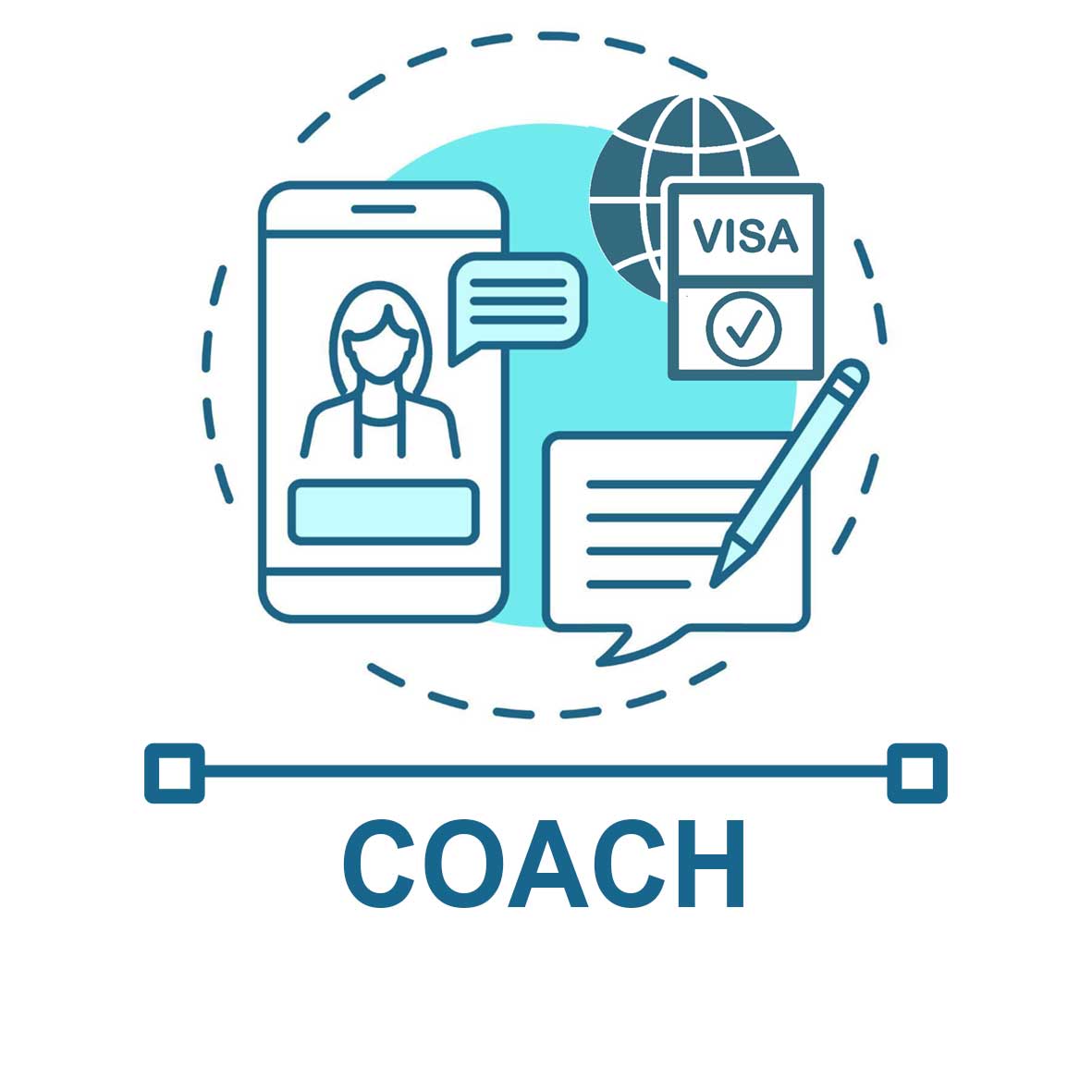

Iran, a land with an ancient history and rich culture, hosts one of the world's most significant Christian celebrations. Despite the Christian minority in the country, Christmas is celebrated as a cultural and social event. This community, primarily composed of Armenians and Assyrians, resides in cities such as Tehran, Urmia, Tabriz, and Isfahan. Armenians in Iran, based on their religious calendar, celebrate the birth of Jesus Christ on January 6th.
Although Christmas has its roots in Christianity, Muslims and individuals of other faiths also participate in the festivities by congratulating their Christian friends. This reflects the peaceful coexistence of religions and ethnicities in Iran.
Major Celebration Centers in Iran:
• Jolfa, Isfahan: This historical neighborhood, with its beautiful Vank Cathedral, is one of the most important centers for Christmas celebrations in Iran. Decorated pine trees and the magnificent church ceremonies have transformed Jolfa into an attractive destination for tourists. Jolfa's neighborhood has an Iranian-European architectural style, and its cafes are renowned among all Iranians.
• Tehran: Mirza Shirazi and Nejatollahi streets, along with Majidiyeh neighborhood, create a cheerful and vibrant atmosphere for Tehranis with their colorful shop windows and Christmas trees.
• The presence of 187 churches and monasteries in various parts of East and West Azerbaijan is a testament to the long history of Christian presence and settlement in this ancient land. Some Armenian churches in East and West Azerbaijan include:
Qara Church in Chalderan (Safavid era):
The Saint Thaddeus Cathedral, also known as Qareh Kelisa, is one of the most valuable and oldest churches in the world. Located in the northeastern part of Chalderan County, West Azerbaijan Province, Iran, this church holds global significance due to its historical antiquity, unique architecture, and its association with one of Jesus Christ's apostles.The older part of the church is constructed with black, hewn stones, hence its name "Qareh Kelisa," meaning "Black Church." In 2008, the Saint Thaddeus Cathedral was inscribed on the UNESCO World Heritage List as one of the world's most valuable cultural heritages.
Saint Stepanos Church in Julfa, Aras (9th century):
Saint Stepanos Monastery is another valuable and historical church in Iran, located in East Azerbaijan Province near the city of Jolfa. This church is named after Saint Stepanos, the first martyr of Christianity. Its architecture is a blend of Armenian and Persian styles. Along with Saint Thaddeus Monastery and the Church of the Holy Mary, it was inscribed as part of the Monastic Ensembles of Azerbaijan on the UNESCO World Heritage List in 2008.
Zor Zor Church in Chalderan (Safavid era):
The Zorzor Church, also known as the Holy Mother of God Church, is a historical and valuable site located in the Chaldoran region of West Azerbaijan Province, Iran. Built in the 14th century, the church is renowned for its unique location and distinctive architecture. In 2008, it was inscribed as a UNESCO World Heritage Site alongside other churches in the Azerbaijan region. One of the most remarkable features of this church is its complete relocation to a new site in the 1980s due to the construction of a dam that submerged its original location. This relocation was carried out meticulously, preserving the structure and authenticity of the building.
Mary Church (16th century):
The Church of the Holy Mary is one of the Christian churches in Tabriz. It is the largest and oldest church in Tabriz, where significant national and religious ceremonies of the Armenian Apostolic Church are held. According to the oldest gravestone found in the church, the original structure of the building dates back to around 879 to 979 in the Persian calendar (1500 to 1600 AD).
Mojumbar Church (17th century):
The Mojumbar Church, also known as St. Hripsimeh Church, is one of the most beautiful and historical churches in Iran. Located in the Mojumbar village, about 30 kilometers along the Tabriz-Marand road, this church is renowned for its unique architecture, historical significance, and picturesque location. Dating back to the 17th century, it is one of the oldest Armenian churches in Iran.
Customs and Traditions of Christmas in Iran
• Family Gathering: Like many cultures, Christmas is an opportunity for families to come together. Cooking traditional foods such as harisa and roasted turkey is part of these customs. Armenians in Iran also eat sabzi polo mahi (herb rice with fish) along with kuku sabzi (herb omelette). This completely Iranian dish is accompanied by a dessert of pirohk and gata pastries. Gata is a type of dry layered pastry filled with butter and walnuts between the layers.
• Gift Giving: Children experience double joy with new clothes and Christmas presents.
• Decorating Homes: Christmas trees adorned with colorful ornaments and nativity scenes transform homes into magical spaces.
• Church Ceremonies: Churches, especially in large cities, hold magnificent ceremonies that include religious hymns, prayers, and worship. Armenian families go to church after their special Christmas dinner and greet each other with hugs and kisses. Priests pray in the sanctuary, and the lit candles in the church create a calm and dreamy atmosphere. Christians stay together until midnight, right until the church bell rings at 12.
Christmas in Iran, Beyond a Religious Celebration:
Christmas in Iran is more than just a religious celebration. It is a symbol of hope, friendship, and unity. Despite various challenges, Iranians from different religions celebrate this holiday with compassion and kindness, looking forward to a brighter future.